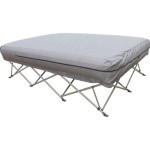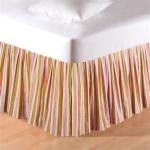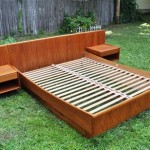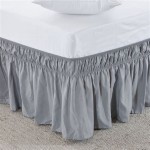Do Bed Bugs Bite Through Fabric?
Bed bugs are notorious for their stealthy feeding habits and the itchy welts they leave behind. This raises a common question: can bed bugs bite through fabric? The answer, while not straightforward, is generally no. Bed bugs do not possess the mouthparts necessary to chew or pierce most fabrics. Their feeding process relies on slender, needle-like stylets they use to pierce skin and access blood vessels. However, understanding the nuances of their behavior and the characteristics of different fabrics offers a more complete picture.
Bed bugs are attracted to body heat, carbon dioxide, and other cues that signal a nearby host. They typically reside in crevices and cracks near sleeping areas, emerging at night to feed. While they cannot bite through most common clothing materials like cotton, linen, or polyester, loosely woven fabrics or those with larger gaps between threads might offer a small opening for their stylets to reach the skin. This is particularly relevant for thin materials like some types of sleepwear.
The tightness of the weave plays a crucial role. A tightly woven fabric acts as a physical barrier, preventing the bed bug's stylets from reaching the skin. Think of it like trying to poke a needle through a dense piece of canvas versus a loosely knit sweater. The tighter the weave, the less likely a bed bug can successfully feed through it. This also applies to bedding; high thread count sheets offer better protection than those with a lower thread count.
Beyond the weave, the thickness of the fabric also contributes to its protective qualities. Multiple layers of fabric, such as wearing pajamas under a blanket, provide a greater barrier against bed bugs. The more layers a bed bug must navigate, the less likely it is to successfully reach the skin. This principle applies to bedding as well, with thicker blankets and comforters offering more protection.
While bed bugs cannot bite through most fabrics, they are adept climbers and can find alternative routes to reach exposed skin. They can crawl over clothing, bedding, and even furniture to access uncovered areas of the body. This is why individuals often find bites on areas not covered by clothing, such as the face, neck, arms, and hands.
The type of material also influences a bed bug's ability to navigate. Smooth, slippery fabrics like satin or silk make it more difficult for bed bugs to gain traction and climb. This can offer some degree of protection, although it doesn't eliminate the risk entirely. Rougher fabrics, on the other hand, provide more grip and make it easier for bed bugs to move around.
It's important to note that while fabric can offer a degree of protection, it is not a foolproof solution to preventing bed bug bites. A comprehensive approach to bed bug control involves multiple strategies, including regular inspection of bedding and furniture, maintaining a clean sleeping environment, and professional pest control measures when necessary.
Specialized encasements for mattresses and box springs are designed to prevent bed bugs from entering or escaping, effectively trapping any existing bugs and preventing new infestations. These encasements are typically made from tightly woven, bite-proof materials that effectively seal the mattress and box spring, preventing bed bugs from accessing the interior or biting through to the sleeping surface.
In summary, bed bugs cannot bite through most common fabrics due to the structure of their mouthparts. However, the tightness of the weave, thickness of the fabric, and the number of layers all contribute to the level of protection offered. While clothing and bedding can provide a barrier, it's crucial to remember that bed bugs are resourceful climbers and can find alternative routes to reach exposed skin. A comprehensive approach to bed bug control involves multiple strategies beyond reliance on fabric as a protective measure.
Protecting oneself from bed bug bites involves a multi-faceted approach. Regular vacuuming, especially in crevices and seams of mattresses and furniture, helps remove bed bugs and their eggs. Washing bedding and clothing in hot water (at least 120°F) and drying on high heat effectively kills bed bugs at all life stages. Reducing clutter in the bedroom minimizes hiding places for bed bugs.
Early detection is key to managing bed bug infestations. Regularly inspect mattresses, box springs, bed frames, and surrounding furniture for signs of bed bugs, such as live insects, shed skins, fecal spots, or eggs. If an infestation is suspected, contacting a qualified pest control professional is crucial for effective treatment and eradication.

Can Bed Bugs Bite Through Clothes Abc Blog

Can Bed Bugs Bite Through Clothes Abc Blog

Do Bed Bugs Bite Through Clothes Pest Myths Okil Sg

Can Bed Bugs Stay On My Clothes Pest Control Singapore

What To Do If There Is Bed Bugs In Your Hostel Room

Bedbugs Bites What They Look Like Treatment And More

Bed Bugs Bug Patrol

How To Prevent Bed Bugs From Coming Home With You Houseman Services

What Are Bed Bugs And How To Stop A Bug Infestation

Bed Bug Bites Five Signs You Ve Been Bitten And How To Get Rid Of An Infestation Express Co







